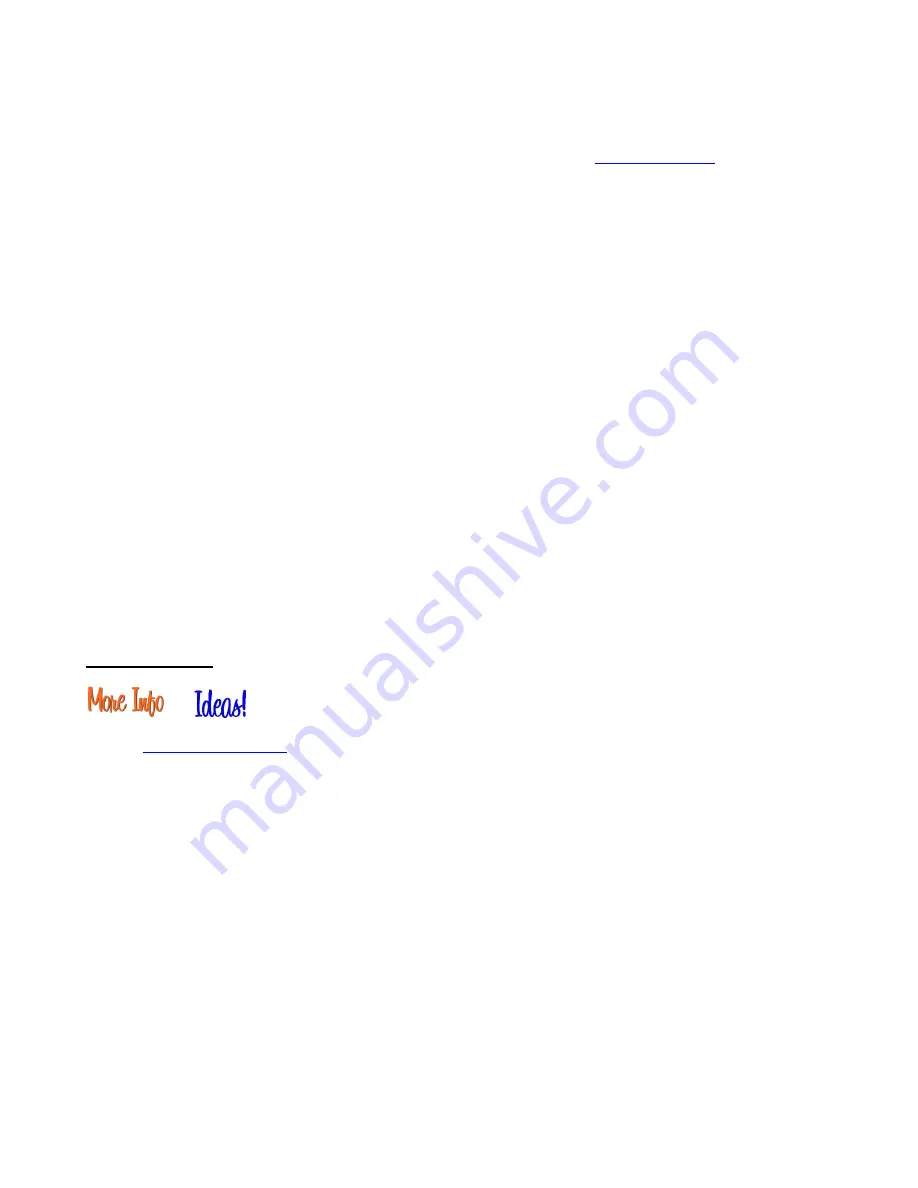
360
will be able to then fold any score lines in the opposite direction easily. This works really well with popup
cards.
•
For embossing, you will want something soft beneath the material which permits a deeper depression when
pressed with an embossing tool. The material often chosen is a smooth
. Other choices
include craft foam, rhinestone rubber, a thick fabric, and felt. These materials can be pressed to the mat
itself and taped, as needed. The paper or cardstock is then taped to the top of the cushioned material.
•
If you are planning to emboss and cut using the dual head function on the Force, you will need to use a
surface material suitable for cutting so that it can have a repositionable adhesive applied. In this case, the
shelf liner would work best.
•
As with other accessory tools, set the Z origin based on the top of the material.
•
Embossing outlines works much better than attempting to fill in shapes which can lead to warping of the
material. Creating a few outlines, which are very close together, can provide a thicker look to the
embossing.
•
You can also use other brands of embossers, however make sure they can be gripped in a flat location by
the front screws on the Force. If needed, you can mount only using one of the two screws.
•
In general, you will need a slightly higher
ED
and more passes with a larger ball tip than with a smaller ball
tip.
•
Using aggressive settings when scoring can cause the cutting mat to skew, resulting in cut lines no longer
properly aligned with the score lines. Here are several suggestions for correcting this problem:
Reduce the
CD/ED
setting and increase
Multi-cut
.
Add mat guides to stabilize the cutting mat. Refer to
Appendix D3.
(Personally, I find using just one mat
guide on the right side works better than using both.)
Change the
Path Direction
on score lines. Refer to
Section 10.08
.
12.06 Engraving
•
can be used for thin line (aka scratch) engraving on surfaces such as metals,
vellum, scratchboard, and acrylic. For deeper and/or thicker engraving, consider purchasing the KNK Force
Rotary Tool.
•
You can engrave on materials that cannot be cut on the KNK Force, such as jewelry charms, dog tags, and
trophy plates.
You will need to use an alignment method to make sure the engraving is positioned perfectly on the pre-
cut item.
One method is to cut an opening from chipboard that is the same shape as the item to be engraved.
This will help stabilize the shape for engraving. Note the origin used, before the cut, so that the same
origin can be used for the engraving.
Another method is to draw the same shape onto a piece of cardstock and then align and tape the item
to be engraved onto that shape. Again, you will need to note the origin used to make sure the alignment
is perfect.
•
The material being engraved needs to be taped securely (even if a chipboard template has been cut) and
the Z origin set based on the top of the material.
•
For designing fill patterns for engraving, refer to
Section 10.09.
Summary of Contents for KNK Force
Page 306: ...306...
















































